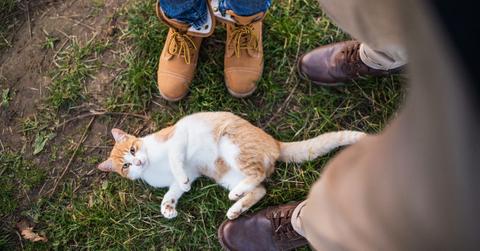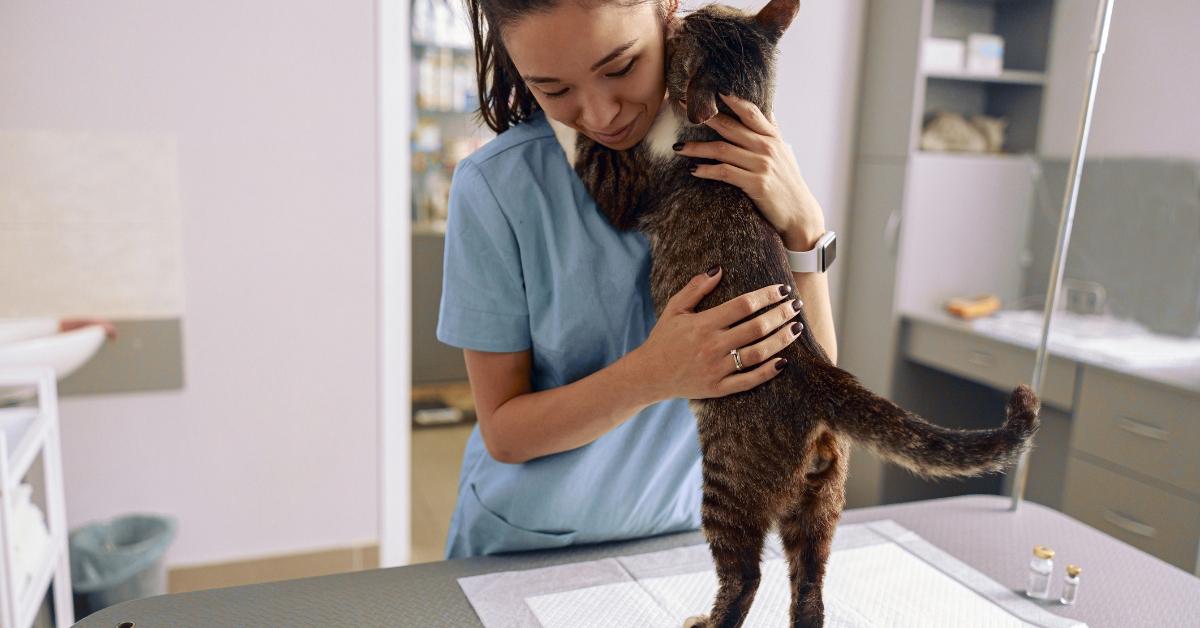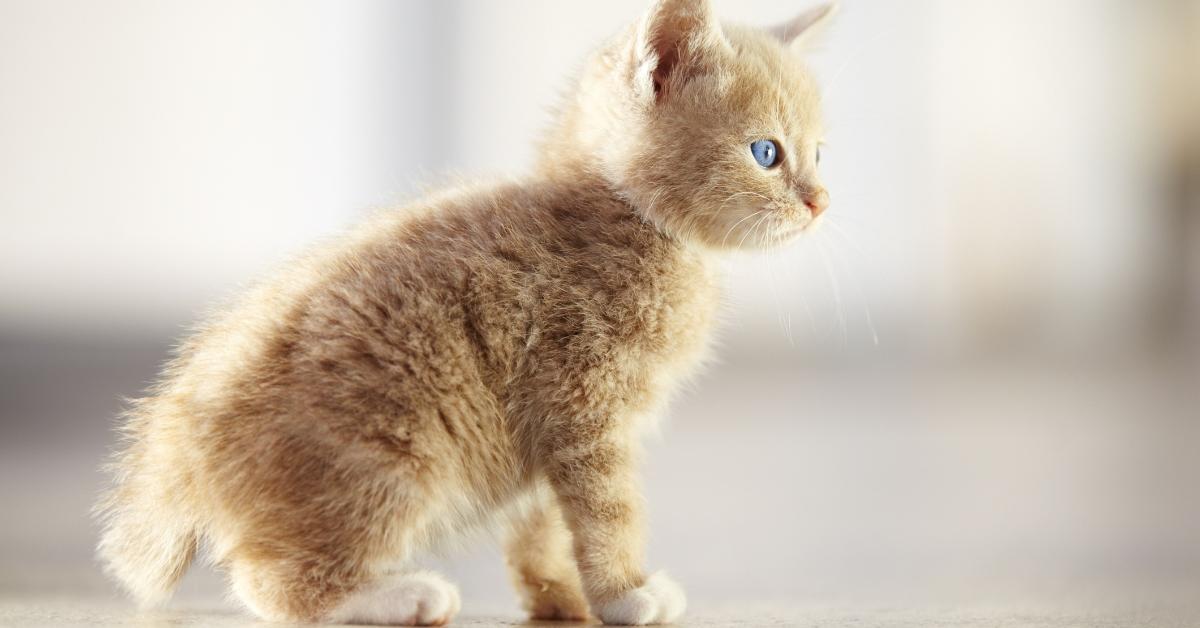Cat Tail Troubles: Why Do Cats' Tails Sometimes Fall Off? Let's Investigate
Published Sept. 18 2023, 3:25 p.m. ET

A cat’s tail is an essential part of their anatomy. While some cat breeds like the Manx are born without a tail, for most cats, their tail is an extension of their spine, and it helps them balance and communicate their feelings.
You may have seen videos about a cat’s tail just inexplicably falls off. Is this a movie magic trick, or can this really happen? If so, why do cats tails fall off? Let’s explore the reasons why a cat’s tail may fall off.

Can a cat’s tail fall off?
A cat’s tail can fall off, but it is rare. If it does happen, it is likely due to injury or illness. If your cat’s tail falls off, you should get them in to see a vet as soon as possible for treatment to ensure the condition that led to the tail falling off doesn’t get worse.
Why do cats’ tails fall off?
A cat's tail may fall off if the tail is fractured. A cat's tail is an extension of the vertebrae in their spine, and like any bone, it can break or fracture. Tail injuries can occur if the tail gets slammed into a door or run over by a bike or car. According to VCA Animal Hospitals, tail injuries closer to the spine may also involve nerve damage, a more serious injury that may require tail amputation.
A cat's tail could also fall off if the tail suffered a degloving injury. Degloving is a serious injury to a cat's tail where "an extensive amount of skin is torn away from the underlying tissue on the tail," veterinarian Teri Skadron of Skadron Animal Hospital in West St. Paul, Minn., told PetMD. Degloving can happen if the cat is hit by a car and dragged, and the cat's tail usually has to be amputated, Skadron said.
It's also possible for a cat's tail to fall off if the cat has a self-inflicted wound. Flea allergies, stress, dry skin, or other reasons may cause your cat to constantly chew or lick a certain area on their tail. Feline hyperesthesia syndrome is an increased sensitivity that causes the cat to incessantly lick or chew on their tails, per Veterinary Partner. The constant licking or chewing on the same spot can cause open wounds or "hot spots." Without proper treatment, the tail can become infected and fall off or require amputation.

Sadly, cats can lose their tails if they suffer a “fan belt” injury. In areas prone to cold winter weather, it isn’t uncommon for cats to crawl up in car engines to keep warm. If a cat is still in the engine when the car starts, their tail can get caught and injured in the running engine. According to PetMD, fan belt injuries can lead to paralysis of the tail and nerve damage. Things get more serious and possibly even fatal if the nerve damage impacts the cat’s bladder, making it unable to urinate, per PetMD.
Additionally, cats can lose their tails as kittens from a blood disorder called feline neonatal isoerythrolysis (FNI). Many kittens die soon after they are born due to FNI, which the Kitten Coalition defines as a “serious, life-threatening condition in which a blood type B queen’s (mother cat’s) antibodies attack the red blood cells of her nursing blood type A or AB kittens.” However, the condition isn’t fatal to all kittens. According to PetPlace, some kittens with FNI may get blood clots on the tip of their tail, which causes it to fall off.